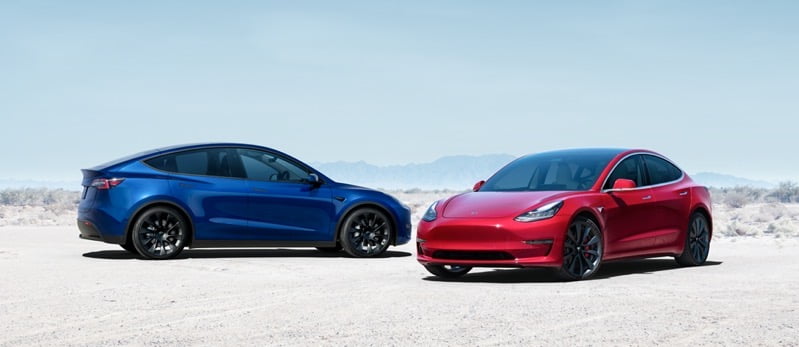
Tesla Heat Pumps Keep Failing in Extreme Cold Weather

Several Tesla owners across Canada’s prairie provinces are reporting complete loss of cabin heat in temperatures that are, in some cases, dangerously below freezing — reports CTV News.
Issues with in-cabin heating seem to be isolated to Tesla’s Model 3 and Model Y electric vehicles (EVs) and only started popping up in mid-December following a firmware update, although that’s also when temperatures in North America really started to plummet.
“One day when it was -12°C in the cabin, I was just shivering, and seems like the only fix that I can get is if I pull over at the side of the highway,” said Kelly Gibbons, who owns a 2022 Model 3. “Worst case scenario, I might just have to start looking for another vehicle.”
Gibbons isn’t the only one who has complained of the heater in their Tesla not working as of late. A couple of Tesla owners from Saskatchewan tweeted about their woes with interior cabin heating in late December, with one explaining how the loss of heat mid-commute actually endangered their family.
https://twitter.com/paateach/status/1475639641134878726
@elonmusk @Tesla
Our Model Y could have killed my family today when the heat stopped working in -40c Called service and the reset and auto didn’t fix. Hour away from any service. Luckily we had family in an ICE vehicle that I could put my 2 kids under 3yrs old in quickly.— Tyler Selvig (@TSelvig) December 30, 2021
Angie Dean, President of the Tesla Owner’s Club of Alberta, estimates the issue is affecting 10-20 drivers across Alberta and Saskatchewan.
EVs tend to have a really hard time in colder climates, but losing cabin heating at -40°C can be absolutely devastating.
This isn’t the first time Tesla has run into heating troubles with its cars. The last time something like this happened was when Tesla started including dedicated heat pumps in its cars to reduce power consumption, and faulty sensors for the pump could result in the heater not working. The EV giant ended up replacing the faulty sensors on all vehicles last year.
Tesla Support late last month acknowledged that cabin heating may not work for some users in especially cold weather, and confirmed that this is a “firmware” issue that is “currently under investigation.” A fix for the problem is currently being worked on and will be deployed in a future software update.
In the meantime, Dean told owners to “precondition” or warm-up their vehicles before driving, noting that it could improve the way batteries operate in cold weather.
“Preconditioning the car is it’s just healthier for the batteries,” she said. “You wouldn’t throw your phone out in a snowbank and then try and turn it on and go all over the place. Same thing with an electric car, it just works better.”
Many other Canadian Tesla Model Y owners from a Facebook group also voiced concerns about their heat pumps failing and loss of heat, in dangerously cold weather. The message, “Cabin climate control system requires service” pops up, noting “cabin heating / cooling limited or unavailable.”
One Model Y owner, Mark J., wrote, “mine was intermittent, but now the heat pump is officially dead. Died at -5 degrees while skiing for less than an hour at Cypress Nordic. I preheated for 30 minutes until the heat gave out and started blowing cold air. Tried a reset, tried defrost and nothing. Wipers frozen to the windshield as well as ice forming. Wasn’t a safe drive home to say the least but thankfully not -20 or -30 like some of you out there across Canada. Service was booked for January 7th then rescheduled for January 25th. I don’t have heated steering so my fingers were frozen.”
Preconditioning your car for at least 30 to 60 minutes on ‘auto’ is one of the few possible fixes for this issue that Tesla shared last week, hoping to tide users experiencing it over until the coming update. Tesla says “symptoms may still occur when driving in climates -15C and below.” For those still without heat, they are being told to park their car in a warmer location and allow the car to thaw before trying the heating system again.

